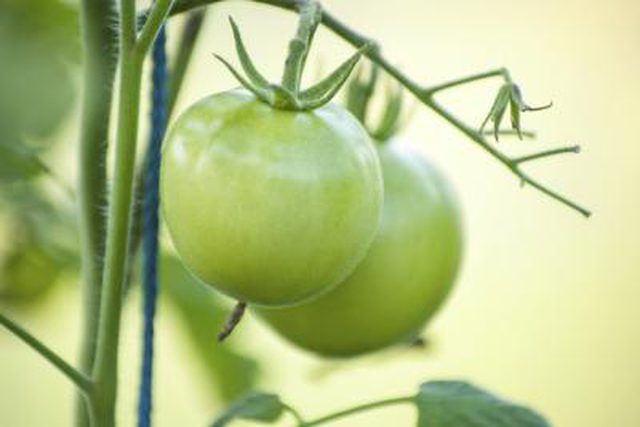Bulbs
Flower Basics
Flower Beds & Specialty Gardens
Flower Garden
Garden Furniture
Garden Gnomes
Garden Seeds
Garden Sheds
Garden Statues
Garden Tools & Supplies
Gardening Basics
Green & Organic
Groundcovers & Vines
Growing Annuals
Growing Basil
Growing Beans
Growing Berries
Growing Blueberries
Growing Cactus
Growing Corn
Growing Cotton
Growing Edibles
Growing Flowers
Growing Garlic
Growing Grapes
Growing Grass
Growing Herbs
Growing Jasmine
Growing Mint
Growing Mushrooms
Orchids
Growing Peanuts
Growing Perennials
Growing Plants
Growing Rosemary
Growing Roses
Growing Strawberries
Growing Sunflowers
Growing Thyme
Growing Tomatoes
Growing Tulips
Growing Vegetables
Herb Basics
Herb Garden
Indoor Growing
Landscaping Basics
Landscaping Patios
Landscaping Plants
Landscaping Shrubs
Landscaping Trees
Landscaping Walks & Pathways
Lawn Basics
Lawn Maintenance
Lawn Mowers
Lawn Ornaments
Lawn Planting
Lawn Tools
Outdoor Growing
Overall Landscape Planning
Pests, Weeds & Problems
Plant Basics
Rock Garden
Rose Garden
Shrubs
Soil
Specialty Gardens
Trees
Vegetable Garden
Yard Maintenance
The Best Time to Plant Tomatoes in Indiana
The Best Time to Plant Tomatoes in Indiana. The difficult-to-predict weather in Indiana makes gardening a little more challenging in the Hoosier state. Indiana includes U.S. Department of Agriculture Plant Hardiness Zones from 6b in the southern tip to 5b in much of the northern half of the state. Based on this, the last average frost date ranges...

The difficult-to-predict weather in Indiana makes gardening a little more challenging in the Hoosier state. Indiana includes U.S. Department of Agriculture Plant Hardiness Zones from 6b in the southern tip to 5b in much of the northern half of the state. Based on this, the last average frost date ranges from the second week of April to the second week of May, depending on your zone. If you start tomatoes from seed, you’ll want to plant them indoors before the last frost date for your zone. Plants and seedlings can go in the ground outside after the last frost date.
Choosing Plants
If you grow tomatoes from seed, plant the seeds indoors in flats or seed starting pots at least six to eight weeks before the last frost date. This gives the seeds time to sprout and the seedlings time to grow. Thin seedlings as they grow, keeping the stouter ones.
If buying seedlings or plants, Purdue University Extension recommends picking tomato plants with stems at least as thick as a regular pencil. Avoid buying plants with yellowing leaves or those that appear to have bug damage. Pluck off any flowers because fruit won’t set until temperatures stay above 55 degrees Fahrenheit at night.
Tomato Cultivars for Indiana
Almost any variety of tomato will grow in Indiana, including determinate (bush-type plants), indeterminate (vine-like) and varieties with smaller fruits, such as cherry, grape or plum tomatoes. Some heirloom cultivars perform very well in the state, including Martha Washington, Brandywine, Rose and Cherokee Purple.
If wilt diseases have been a problem in the garden, choose resistant cultivars designated by a V and F following the name. Beefmaster, Early Girl and Health Kick have some disease resistance.
Hardening Off Plants
Hardening off tomato plants prepares them for the changeable Indiana weather. Even store-bought plants will do better with a period of adjustment to the garden prior to planting, but you should always harden off plants you grow from seed. Start adjusting plants to outside conditions by leaving them in a partially shaded area during the day when temperatures are well above frost.
Harden off plants for about 10 days, gradually increasing the amount of time the tomato plants have outside and the amount of sunlight they receive. Make sure the plants have plenty of water so the soil doesn’t become dry. This allows them to become acclimated to direct sunlight and temperature changes, helps lower the risk of damage from shock and produces thicker stems, making the plants stronger.
Temperature Guidelines
Tomatoes grow prolifically in Indiana once temperatures warm. Plan to put tomato plants in the ground when night-time temperatures consistently stay above 45 degrees F, usually from mid-April in southern Indiana to mid-May in northern Indiana. Central Indiana has a range of zones and micro-climates, so you may need to adjust the timing based on current weather conditions.
Transplanting into the Garden
Tomatoes require full sun, or at least six to eight hours of direct sunlight per day, and well-drained, fertile soil. Black walnut trees, which grow throughout Indiana as a native species, cause tomato plants to wilt and eventually die. Avoid planting in the root zone, which can reach beyond the tree canopy.
Adding 2 to 3 inches of compost to the soil before tilling or turning it will improve drainage, add nutrients and loosen the soil for better root penetration. Alternately, add fertilizer, such as a 5-10-5, to the soil at a rate of 2 pounds per 100 square feet and turn it into the soil.
Space plants at least 18 inches apart and up to 2 feet if you grow indeterminate varieties. Dig the holes to the original depth of the plant and about twice as wide. Place the plants in the hole and fill with the soil. Water thoroughly to settle the soil and prevent wilting. Continue to water throughout the growing season whenever rainfall drops below an average of 1 inch per week.
Tips for Growing Tomatoes
Tomatoes need protection from frost and inclement weather. A late spring hail storm can severely damage the plants, as will heavy rains and wind. If you watch the weather and adjust planting dates as needed around storms and frost, the plants will have a better chance of thriving. If you plant and an unexpected late frost happens, cover plants before the temperature drops to protect them. A sheet or plastic works to trap heat and keep frost off of the leaves.